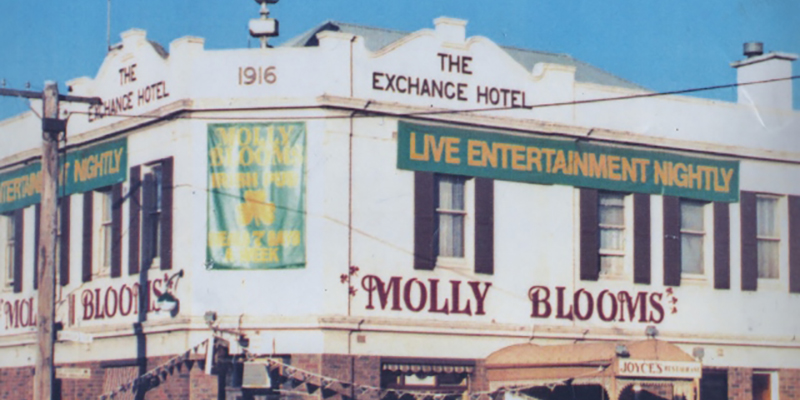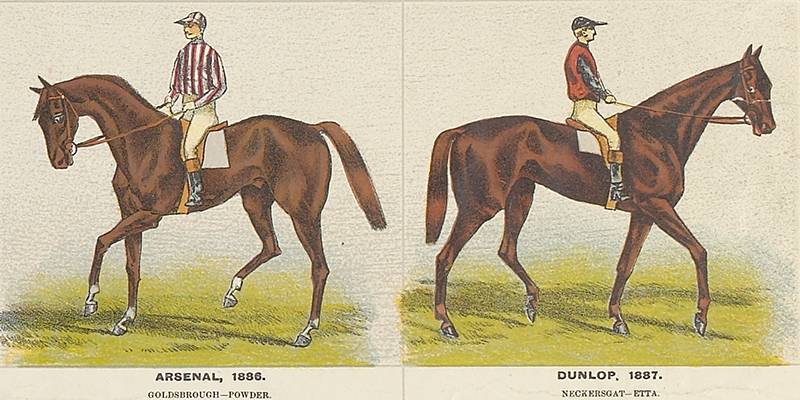The photograph in the window of the Photo Shop on Bay St records the visit of the 'Empire Cruise' to Melbourne in March 1924. Here is the photograph in the Museum Victoria Collection Reg. No: MM 111120 - but the image is reversed. Which is correct?
From 27 November 1923 to 28 September 1924, a fleet of six warships led by the flagship 'Hood'…
Planning is well underway for adapting the Port Melbourne Naval Drill Hall for a Year 9 environment focused program for Albert Park Secondary College. Funding for the project was allocated in the May state budget.
The former Naval Drill Hall is on the Victorian Heritage Register, Number H1378
The citation says
'The Port Melbourne Naval Drill Hall was built in 1912 to the design…
IRVINE, a house at 42 Beach Street, was built in 1922 for Eli and Christina Edwards. 'Only best quality material' was used in the construction of the house which was carefully chosen with a clear view of Station Pier, Williamstown and the Port Melbourne Yacht Club. Eli, better known as Dick, was a farrier and a great yachtsman.
IRVINE at 42 Beach…

Molly Blooms* was the place to be on St Patrick’s Day in the ‘nineties.
Transformed into a ‘traditional’ Irish pub in the late ‘80s with its Joyce’s Restaurant, live Irish music, Guinness on tap and walls hung with Dublin memorabilia, it was one of the most popular Irish pubs in Melbourne.
So popular did it become that on St Patrick’s Day Rouse…
Norman Barry, well known dairyman in Port, was also a swimmer. He trained with the Port boys between the Piers. He swam in the 3 mile 'Race to Princes Bridge' in 1928 and finished in 1 hour, 40 minutes and 13 seconds.
He was awarded a certificate illustrated by Percy Lindsay from the famous Lindsay family.
The swimming race was discontinued because of…
The 'Lagoon question' preoccupied the residents and Council of Port Melbourne for decades.
For those readers not familiar with the extent of the Sandridge Lagoon, it is clearly shown in this map and was described by surveyor Grimes in 1803
... a salt lagoon about a mile long and quarter mile wide. Had not entrance to the sea.
The township of…
'What happened at the Pier'
on until 13 February 2015 at the Emerald Hill Heritage Centre, Bank St, South Melbourne.
This moving exhibition centres on some valued objects that people brought with them on the journey to Australia. They hold stories of migration and are a means of sharing that story with family and a broader audience.
The exhibition is curated by Lella Cariddi, who…

In a scrapbook in the Swallow & Ariell archive is a page of reminiscences about the ‘old’ days in Port Melbourne which includes a reference to the Melbourne Cup.
‘old residents will remember the (navy) volunteers, led by Captain Swallow. We used to follow them around the streets, the band playing current tunes “Back Harry”. Moore, who died a few years…
Sometimes you just can't find the right word. Take icon, for example. Many Port Melbourne people have had enough of the word 'icon'. 'Iconic' as new developments are often described, is almost guaranteed to get people's backs up.
Port Melbourne foreshore from Princes Pier
Three Port landmarks of Port are captured in this image: the beacon, the newly restored Stothert & Pitt…
